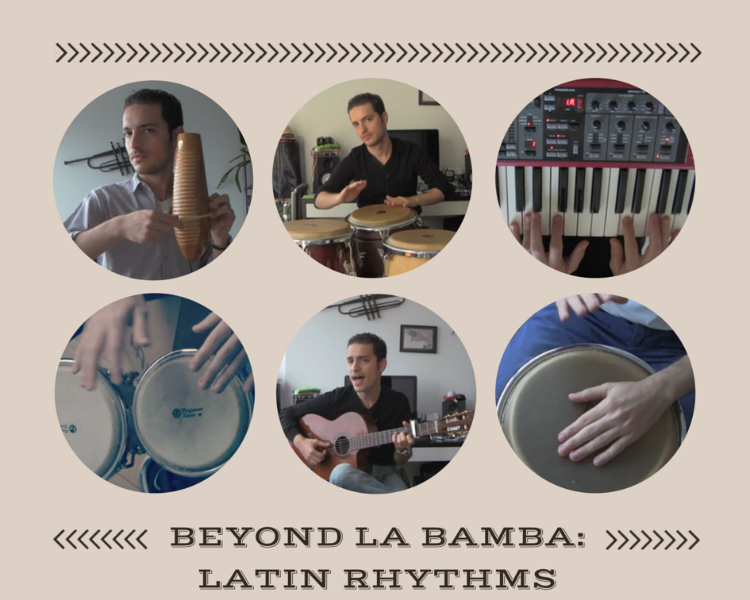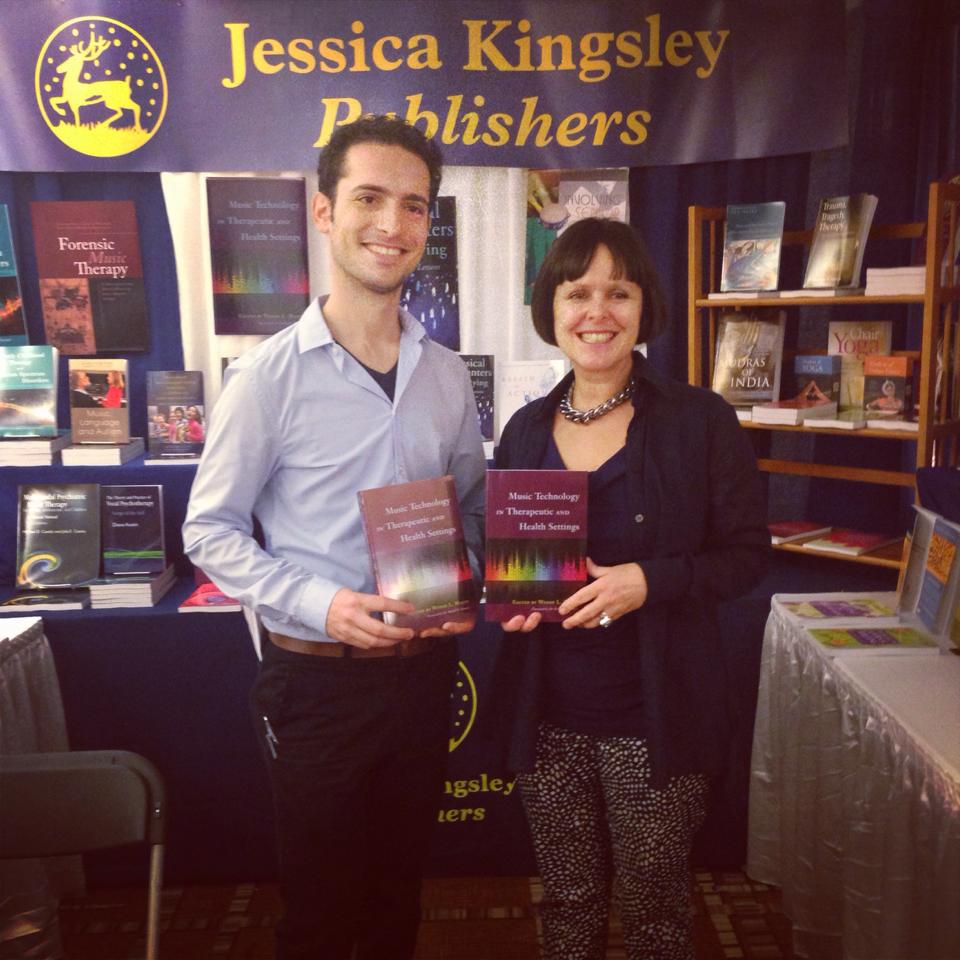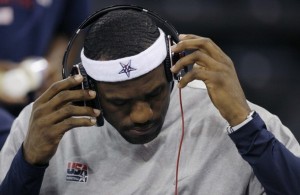
Spicing it up with Latin Rhythms at Music Therapy Ed
I recently released a CMTE course with one of the leading online resources for music therapists, Music Therapy Ed. The course is called Beyond La Bamba: Latin Rhythms, and it was created to help music therapists develop skills to connect with clients and patients who have a preference for Latin music.
I was exposed to a lot of great Latin music while growing up in Mexico and while studying at Berklee College of Music. I have also been fortunate enough to work with a vast amount of clients and patients of Latin background while living in New York City for the past ten years, and I am thrilled to have the opportunity to pass along some of the information I have acquired.
Beyond La Bamba: Latin Rhythms with Ariel Weissberger, MA, MT-BC from Kathryn Fulton on Vimeo.
Unlike an artist who expresses his own personal feelings, stories thoughts and points of view through his art, a music therapist focuses on the client’s own experience. Within a therapy session a music therapist is as unlikely to play a personal break-up song per se, as a psychoanalyst is to talk about his own mother. In other words, the music therapist’s music is about the clients, and its role is to facilitate music experiences by bringing out the music in them while working on musical and non-musical clinical goals. This puts us music therapists in a position where we are constantly learning new songs and styles of music in order to have as many tools as possible to do our job. It also speaks volumes about the amount of effort, care and dedication we put into our work.
Latin styles of music are an essential part of the music therapist’s toolbox not just because the Hispanic population is the largest minority in the US, but also because Latin music is extremely popular among non-Latin people. Furthermore, Latin rhythms are quite present in a lot of music genres of today’s eclectic world.
Latin rhythms can be challenging but are also highly engaging. The mere task of working on them can positively impact the rhythmic sense and overall musicality of any musician. If you are a music therapist, music educator or musician looking to get started on Latin rhythms to spice up your music, I invite you to join the course by clicking below. Are you up for the challenge?
Learn More
Published! – On Music Therapy and Technology
I have the honor to be featured in Dr. Wendy Magee’s new book called Music Technology in Therapeutic Health Settings, published by Jessica Kingsley Publishers, one of the top publishing companies in the field .
Dr. Wendy Magee is a world renown professor, researcher and music therapist. For this project, she recruited a number of music therapists currently doing breakthrough work with music technology, and asked each to write a chapter about it.
I wrote chapter 15. Garageband as a Digital Co-Facilitator: Creating and Capturing Moments with Adults and Elderly People with Chronic Health Conditions.
 In this chapter I talk about how I used Apple’s music software Garageband in a music therapy group I ran for Spanish speaking registrants at an adult day health center in Bronx, NY. This was one of the many programs I had the opportunity to design and implement while working with the Institute for Music for Neurologic Function. The group recorded a full album of original songs as part of their creative therapeutic process.
In this chapter I talk about how I used Apple’s music software Garageband in a music therapy group I ran for Spanish speaking registrants at an adult day health center in Bronx, NY. This was one of the many programs I had the opportunity to design and implement while working with the Institute for Music for Neurologic Function. The group recorded a full album of original songs as part of their creative therapeutic process.
Perhaps my central argument is that technology not only can facilitate musical, creative and therapeutic processes, but also help adults and elderly feel connected to the current trends in the world surrounding them. In this group in particular, members have at least three barriers that are potentially isolating: culture, age and health related. The use of technological devices such as laptops and ipods may at least partially diminish a little bit of each.
A number of participants in the program reported feeling more connected to their younger family members after gaining a better understanding of current technology related cultural trends. They were also able to work together relying on each other’s strengths to minimize their weaknesses. A stroke survivor with a speech deficit was able to thrive in the group due to her intact memory, while a woman with early stages of dementia was able to utilize her great diction to contribute to the group in spite of her deteriorating memory skills.
With the use of technology we were able to capture the meaningful moments we created, maximize them and reflect them back. The production of the album provided the context in which we relied on for guidance and purpose. In the chapter, I describe some techniques implemented to support, fulfill and magnify the creative ideas of the group. Such techniques include overdubbing, multi-tracking, and looping.
I am hoping some of these ideas can add something to the ever present yet increasingly pertinent discussion of technology related issues in the field. What is our role as music therapists/album producers? How much should we add our own aesthetic ideas? How much do we ‘fix’ notes and mistakes? What are some counter-indications to the use of technology?
Congratulations to Dr. Wendy Magee for putting together this extremely important book, to Dr. David Ramsey -who I consider my mentor- for his genius foreword, and to all the brilliant music therapists who wrote and participated. I am thrilled to be a part of it!
You may order the book directly at Jessica Kingsley Publishers or at Amazon.
Learn More

Music and Peak Performance
We often see athletes wearing fancy headphones while stretching and warming up before a game. It is not just a fashion statement, but an actual aide for achieving peak performance. Our thoughts, emotions and concentration, deeply affect our performance in whatever task we engage. (more…)
Learn More
